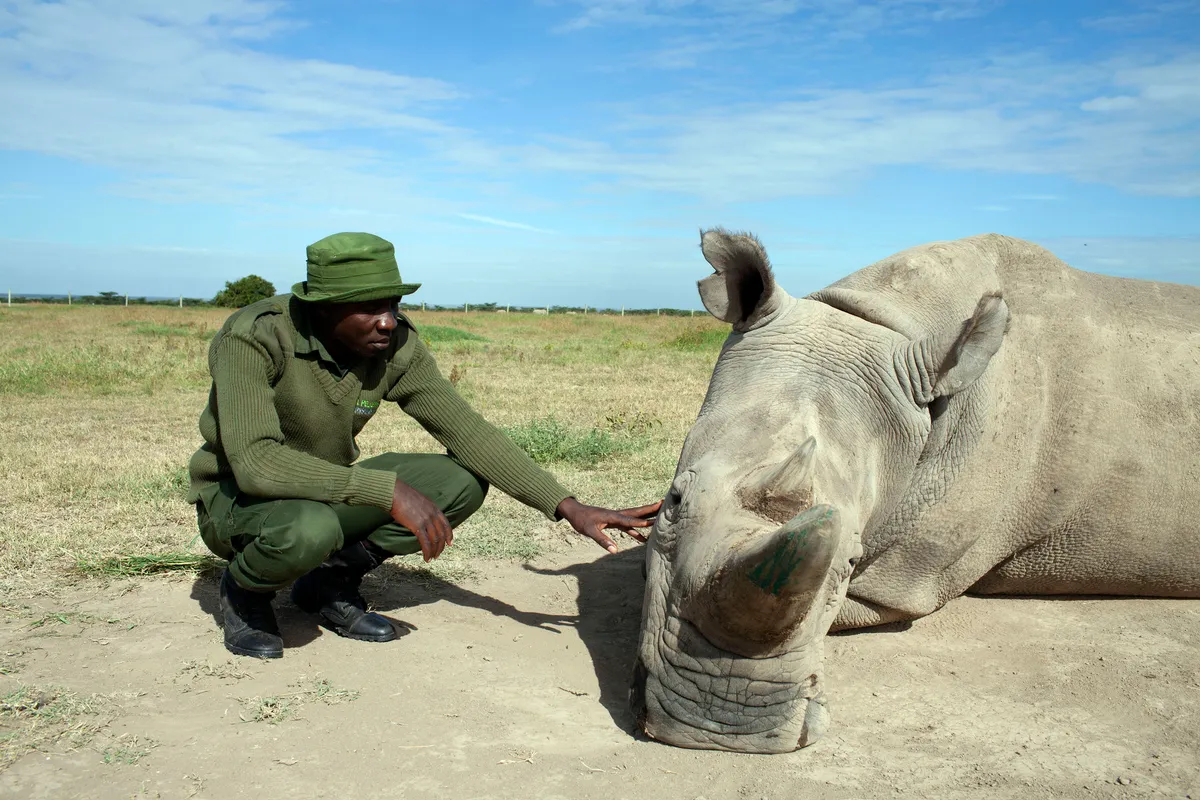From the strange-looking warthog to the pretty wasp spider, here are 13 fascinating animals starting with the letter 'W'. Can you think of any more?
Animals beginning with 'w'
Wombat
Wombats are a mostly nocturnal marsupial, endemic to Australia. They aren’t exactly small, being up to a metre long and weighing up to 40kg.
Wombats are in fact the planet’s largest burrowing herbivores. They dig using their front claws and push soil backwards with their hind feet and rump. They create subterranean systems up to 30m long and several metres deep, and feature various entrances.
Wasp spider

A pretty spider named for its wasp-like colouration and stripes, the wasp spider is a relatively recent arrival in the UK (and is one of its biggest) and is gradually spreading northwards. Females are larger than males, allowing a male to sneak into the female’s web and mate with her.
Whale shark
The whale shark is both the largest living shark and the largest living fish on earth, growing up to 20m in length. As a filter feeder, it feeds on tiny plankton instead of hunting for fish. Its back is covered in a unique pattern of spots, allowing researchers to identify different individuals.
White-tailed eagle
The white-tailed eagle (also known as a sea eagle) became extinct in the British Isles in 1918, but was successful reintroduced between 1975-85 to the Inner Hebrides. Further reintroductions then took place in Scotland, and then in England on the Isle of Wight. There are also plans underway to reintroduce them to south Wales.
Wallace’s sphinx moth

The Wallace’s sphinx moth is unusual in that its existence was predicted 30 years before it was discovered, first by Charles Darwin and then by Alfred Russel Wallace. Both were hypothesising that a particular species of orchid would be pollinated by a moth with a long proboscis – which turned out to be the now-named Wallace’s sphinx moth.
Wren

Wrens are tiny, dumpy brown birds with long legs, a fine bill, short round wings and a short, narrow tail. Wrens feed on tiny invertebrates, including spiders, flies, beetles and ants, which they grab with that long, pointed bill. Because these creatures are available all year round – unlike, for example, some flying insects – wrens have little or no need to migrate.
They're a common garden bird, and you can learn to identify them with BBC Countryfile Magazine's common bird guide.
Wart-biter

The wart-biter is a large green species of bush-cricket, which is found in just six sites in the UK – all in southern England. Despite having wings, the species rarely flies as it is very heavy. It is named as people used to use them for removing warts.
- Britain’s largest insects: which insect can be crowned the UK's largest?
- Grasshoppers vs crickets: what's the difference between these two jumping insects?
Wolverine
The wolverine isn’t just a fictional superhero from the Marvel comics and films, but also a real-life animal. It is the largest terrestrial species in the mustelid family. Although it can prey on animals twice its size, making it one of nature's most fearsome hunters, it is typically a scavenger that feeds on carrion.
Weasel

Weasels are small, brown, fast and ferocious mustelids with sinuous bodies and short legs. They are up to 20cm long and live in hedgerows, woodland and rough grassy banks.
Warthog
The warthogs are two species of wild pigs belonging to Phacochoerus genus, the common warthog (widespread in sub-Saharan Africa) and the desert warthog (limited to Northern Kenya and Somalia). Both species mainly feed on plants, but will also eat insects, eggs and carrion.
White rhino

Found in parts of Africa, the white rhino has two subspecies – southern and northern. Whilst the former is doing well, the northern white rhino is on the brink of extinction with only two living individuals – two related females which are kept under armed protection in Kenya.
Western gorilla
One of two species of gorilla, the Western gorilla is found in Western Africa and spilt into two subspecies, the Western lowland gorilla and the Cross River gorilla. Both subspecies, and the species as a whole, are listed as Critically Endangered by the IUCN Red List.
- Great ape guide: learn all about the different great ape species, where they live and what they eat
- What are primates?
Water vole

In the UK, the European water vole is the largest vole species and can sometimes be mistaken for a brown rat. The introduction of the non-native American mink, alongside habitat loss and degradation, has severely impacted the population and dedicated conservation projects have been undertaken to help the species.
Check out the rest of the animal alphabet and find animals starting with every letter from A-Z
A B C D E F G H I J K L M N O P Q R S T U V W X Y Z
